- Why Save Seeds for Next Year
- Preserve Genetic Diversity
- Adaptation to Local Conditions
- Cost Savings
- Education and Learning
- Self-Sufficiency and Sustainability
- The Benefits of Seed Saving
- 1. Cost-Effective
- 2. Preserving Biodiversity
- 3. Adaptation to Local Conditions
- 4. Promoting Food Security
- 5. Resisting Corporate Control
- Choosing the Right Seeds to Save
- How to Collect and Store Seeds
- 1. Choose the Right Plants
- 2. Allow Seeds to Mature
- 3. Harvest the Seeds
- 4. Clean the Seeds
- 5. Label and Store the Seeds
- 6. Test the Seeds
- 7. Share and Exchange Seeds
- Understanding Seed Viability and Germination
- Seed Viability
- Seed Germination
- Testing Seed Viability
- Conclusion
- The Importance of Maintaining Seed Diversity
- Preserving Genetic Variation
- Preservation of Traditional Knowledge
- Resilience to Climate Change
- Conclusion
- Saving Seeds to Adapt to Local Conditions
- 1. Selecting the Right Plants
- 2. Harvesting and Processing Seeds
- 3. Storing Seeds
- 4. Testing and Selecting Seeds
- 5. Planting and Observing
- Sharing Seeds with Others
- 1. Building Community
- 2. Preserving Biodiversity
- 3. Cost Savings
- 4. Education and Inspiration
- How to Share Seeds
- Conclusion
- Supporting Sustainable Agriculture and Food Security
- Questions and Answers:
- Why is it important to save seeds for next year?
- How should I go about saving seeds?
- What are the benefits of saving seeds?
- Are there certain plants that are easier to save seeds from?
- Can I save seeds from hybrid plants?
- Videos: How To Save Pepper Seeds To Grow Next Year – Pepper Geek
Every gardener knows that a successful harvest starts with high-quality seeds. But did you know that saving seeds from your plants can not only save you money, but also ensure a bountiful future harvest? Whether you have a small backyard garden or a sprawling farm, saving seeds is a sustainable practice that can help you become more self-sufficient and reduce your dependence on commercial seed companies.
By saving seeds, you can select and propagate the plants that have performed best in your specific growing conditions. Over time, this can lead to the development of locally adapted varieties that are perfectly suited to your climate and soil. These varieties are often more resilient and productive, as they have been naturally selected to thrive in your garden.
Not only does saving seeds allow you to preserve and promote biodiversity, but it also helps to preserve rare and heirloom varieties that might otherwise be lost. Many traditional varieties of fruits, vegetables, and flowers have been replaced by a limited number of commercial hybrids. By saving seeds from these rare varieties, you are helping to keep them in circulation and prevent their extinction.
“Seed saving is an ancient practice that has been passed down through generations,” says John Doe, a seasoned gardener and seed enthusiast. “It’s not only a way to connect with our ancestors, but also a way to ensure a more resilient and diverse future for our gardens.”
So next time you harvest your crops, don’t throw away those seeds! Instead, set them aside, dry them out, and store them in a cool and dry place. Come spring, you’ll be able to plant those saved seeds and enjoy a bountiful harvest that is uniquely suited to your garden. With each passing year, you’ll become more self-sufficient and in tune with your natural surroundings. Saving seeds is not just a way to grow food – it’s a way to cultivate a sustainable future.
Why Save Seeds for Next Year
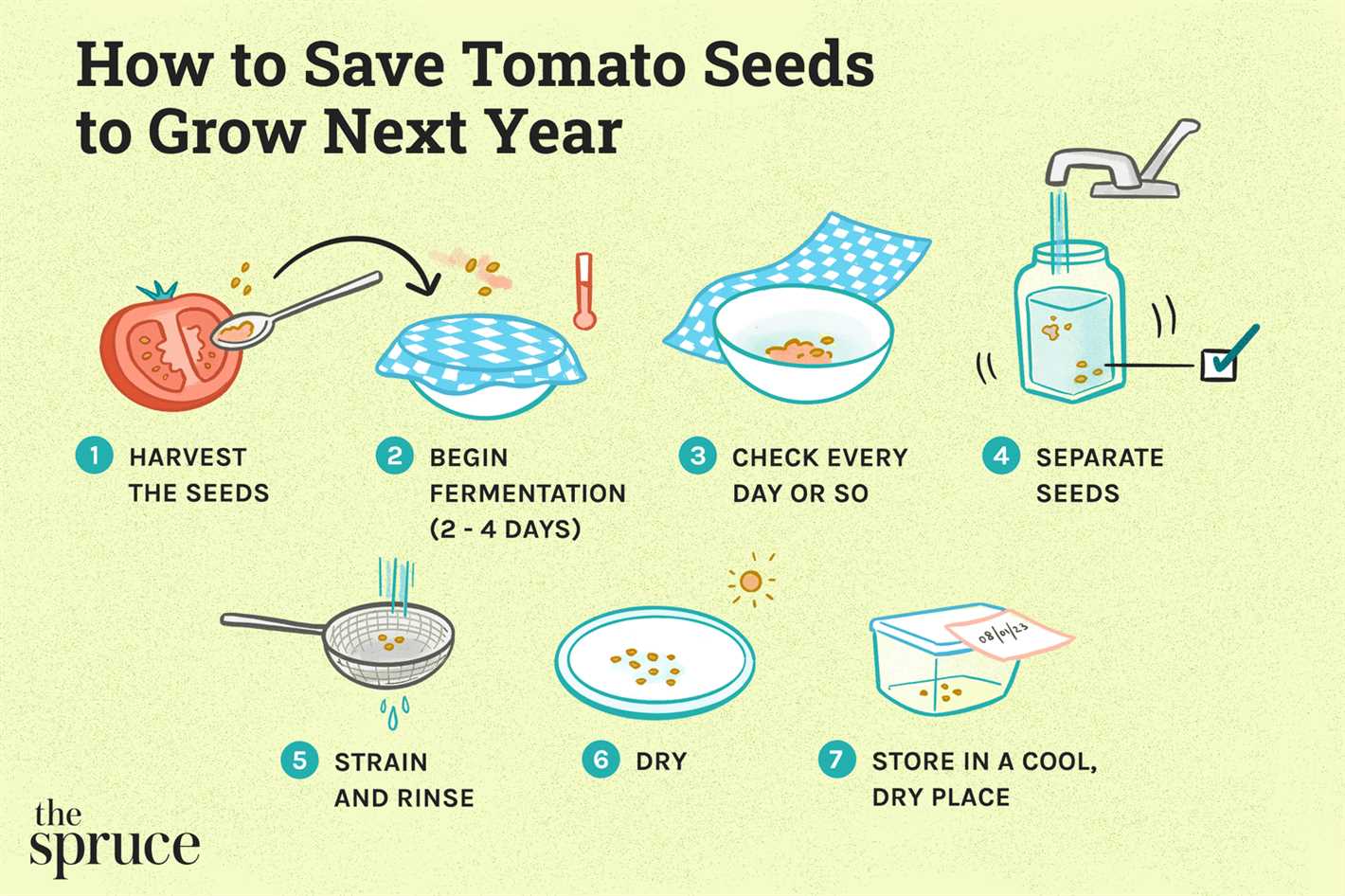
When it comes to gardening, saving seeds from one year to the next can have a number of benefits. Not only does it save you money on buying new seeds each year, but it also allows you to preserve and grow varieties that may be hard to find or rare in your area. Here are some reasons why you should consider saving seeds for next year:
Preserve Genetic Diversity
One of the most important reasons to save seeds is to preserve genetic diversity. By saving seeds from a variety of plants, you are helping to ensure that the genetic traits and variations within each species are not lost over time. This is especially important for heirloom or heritage varieties that may not be commercially available.
Adaptation to Local Conditions
When you save seeds from plants that have successfully grown in your specific climate and soil conditions, you are essentially selecting for traits that are well-suited to your garden. Over time, these seeds will adapt and become better suited to your unique local conditions, resulting in more resilient and productive plants.
Cost Savings
Buying new seeds every year can quickly add up, especially if you have a large garden. By saving seeds, you can significantly reduce your seed costs and allocate your gardening budget to other important aspects like tools, fertilizers, or improving your soil quality.
Education and Learning
Saving seeds is a great way to learn more about the plants you are growing. It allows you to observe the entire life cycle of a plant, from planting the seed to harvesting and saving its seeds. This hands-on experience can deepen your understanding of plants, their growth patterns, and their reproductive processes.
Self-Sufficiency and Sustainability
By saving seeds, you are becoming more self-sufficient and reducing your reliance on external seed suppliers. This can be an important step towards a more sustainable and resilient gardening practice. Additionally, when you save seeds from your own plants, you can be sure that they have been grown organically and without the use of harmful chemicals.
In conclusion, saving seeds for next year is not only a practical and cost-effective approach to gardening, but it also has numerous ecological and educational benefits. Whether you are a seasoned gardener or just starting out, consider saving seeds and be a part of the cycle of life in your garden.
The Benefits of Seed Saving
Seed saving is the practice of collecting and storing seeds from plants for future use. This age-old tradition has numerous benefits, both for the environment and for individuals. Here are some of the main advantages of seed saving:
1. Cost-Effective
- One of the biggest benefits of saving seeds is the cost savings. By saving and replanting seeds, gardeners and farmers can avoid purchasing new seeds each year. This can significantly reduce the expenses associated with gardening and farming.
2. Preserving Biodiversity
- Seed saving helps to preserve and promote biodiversity. By saving and planting a variety of seeds, gardeners and farmers can maintain a diverse range of plant species. This is essential for the health and resilience of our ecosystems.
3. Adaptation to Local Conditions
- Through seed saving, plants can adapt and evolve to local growing conditions over time. By selecting and saving seeds from the plants that thrive in a specific region, gardeners and farmers can gradually develop crops that are well-suited to the local climate, soil, and pests.
4. Promoting Food Security
- Seed saving plays a crucial role in promoting food security. By saving seeds from successful crops, gardeners and farmers can ensure a steady supply of food in the future. This is particularly important in regions where access to commercial seeds is limited or unreliable.
5. Resisting Corporate Control
- Seed saving also helps to resist corporate control over the seed industry. By saving and exchanging seeds, individuals can maintain their independence and support a more decentralized and diverse seed system.
Overall, seed saving is a valuable practice that has numerous benefits. It is a cost-effective way to grow plants, preserves biodiversity, helps plants adapt to local conditions, promotes food security, and resists corporate control. By saving seeds, individuals contribute to a more sustainable and resilient future for agriculture.
Choosing the Right Seeds to Save
Saving seeds from your garden is a great way to ensure a future bountiful harvest. However, not all seeds are suitable for saving. It’s important to choose the right seeds to save to maintain the quality and productivity of your plants.
Open-pollinated vs. Hybrid Seeds:
When selecting seeds to save, it’s recommended to choose open-pollinated varieties rather than hybrid varieties. Open-pollinated seeds are naturally pollinated by wind, insects, or other natural means, resulting in plants that are genetically diverse and well-adapted to their environment. On the other hand, hybrid seeds are the result of cross-pollination between different varieties and do not produce offspring with the same traits as the parent plant.
Heirloom Varieties:
Heirloom varieties are old, open-pollinated cultivars that have been passed down through generations. These varieties often have unique flavors, colors, or other desirable characteristics. Saving seeds from heirloom plants not only preserves their genetic diversity but also helps to keep traditional and rare varieties alive.
Isolation and Cross-Pollination:
It’s important to prevent cross-pollination when saving seeds, especially for plants that are wind or insect-pollinated. Cross-pollination can result in unwanted genetic mixing and may affect the characteristics of the seeds you save. To prevent cross-pollination, you can isolate different varieties by planting them a certain distance apart or use physical barriers such as mesh or covers.
Vigorous and Disease-free Plants:
When selecting plants to save seeds from, choose the healthiest and most vigorous plants. These plants are more likely to produce high-quality seeds that will result in productive offspring. Avoid saving seeds from plants that show signs of disease or other abnormalities, as this can decrease the overall quality of the seeds.
Seed Saving Techniques:
The exact seed saving techniques can vary depending on the type of plant. Some plants, like tomatoes or peppers, require fermentation to remove the surrounding gelatinous coating from the seeds. Others, like beans or peas, can be simply air-dried and stored. It’s important to research and follow the specific seed saving instructions for each plant variety to ensure successful seed saving.
Labeling and Storage:
Properly labeling saved seeds is essential to avoid confusion and ensure the correct variety is planted in the future. Use labels or markers to clearly identify the plant variety, the year the seeds were saved, and any other relevant information. Store the seeds in a cool, dry place in airtight containers to maintain their viability for the next planting season.
By choosing the right seeds to save and following proper seed saving techniques, you can contribute to preserving genetic diversity and ensure a bountiful future harvest.
How to Collect and Store Seeds
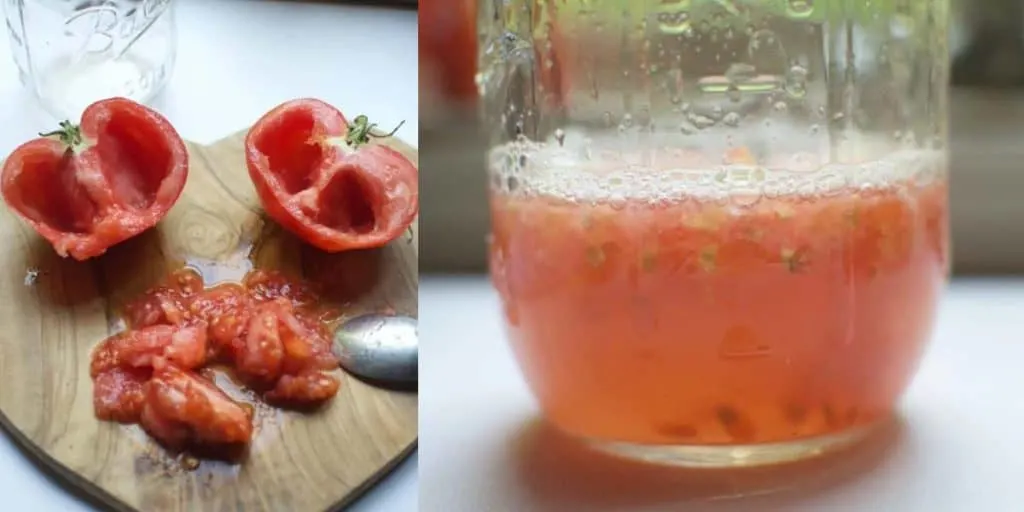
Collecting and storing seeds from your garden plants is a great way to save money and maintain a diverse and productive garden. Here are some steps to help you successfully collect and store seeds for future planting:
1. Choose the Right Plants
Start by selecting plants that are well-suited for seed saving. Look for plants that are open-pollinated or heirloom varieties, as these plants will produce seeds that are true to type. Avoid hybrid plants, as their seeds may not produce offspring that are similar to the parent plant.
2. Allow Seeds to Mature
Wait until the seeds have fully matured on the plant. This is typically indicated by the seed pods turning brown or dry. Make sure to let the seeds dry on the plant as long as possible, as this will increase their viability and storage life.
3. Harvest the Seeds
Once the seeds have matured, carefully remove them from the plant. This can be done by picking seed pods, cutting seed heads, or gently shaking seed-bearing plants over a container to catch the seeds. Remove any plant debris or non-seed material, and place the seeds in a clean, dry container.
4. Clean the Seeds
Remove any chaff or other debris from the seeds. This can be done by gently blowing on the seeds, using a fine sieve or mesh screen, or by carefully hand-picking the debris. Be careful not to damage the seeds during this process.
5. Label and Store the Seeds
Properly label the seeds with the plant name, variety, and the date of collection. Place the seeds in airtight containers, such as small envelopes or glass jars, to protect them from moisture and pests. Store the containers in a cool, dry place, away from direct sunlight.
6. Test the Seeds
Periodically test the viability of your stored seeds to ensure they are still viable. This can be done by germinating a small sample of the seeds and checking for sprouting. If a high percentage of seeds sprout, you can be confident that the rest of the seeds are still viable.
7. Share and Exchange Seeds
Consider sharing and exchanging your saved seeds with other gardeners. This not only helps to diversify your garden, but also allows you to try out new plant varieties. Participating in seed swaps or joining seed-saving communities can be a great way to connect with fellow gardeners and contribute to seed conservation efforts.
By following these steps, you can collect and store seeds from your garden plants, ensuring a bountiful future harvest and a self-sustaining garden for years to come.
Understanding Seed Viability and Germination
When it comes to saving seeds for the next year, it is important to understand seed viability and germination. This knowledge will help you determine which seeds are worth saving and which ones may not produce successful plants in the future.
Seed Viability
Seed viability refers to the ability of a seed to germinate and grow into a healthy plant. Not all seeds have the same viability, and it can vary depending on the type of plant, seed age, and storage conditions.
- Younger seeds generally have higher viability compared to older seeds.
- Seeds that have been stored in optimal conditions, such as cool and dry environments, tend to have higher viability.
- Some plant species have naturally shorter seed viability, while others can remain viable for several years.
Seed Germination
Seed germination is the process by which a seed grows into a young plant. It requires specific conditions to be met, including proper temperature, moisture, and oxygen levels.
- Temperature: Each plant species has a specific temperature range at which germination occurs. Some seeds require cold stratification, where they need to experience a period of cold temperatures before they can germinate.
- Moisture: Adequate moisture is essential for seed germination. However, excessive water can drown the seeds and inhibit germination.
- Oxygen: Seeds need oxygen to respire and break dormancy. Poorly aerated soil or excessive soil compaction can limit the availability of oxygen to the seeds.
Testing Seed Viability
If you are unsure about the viability of your saved seeds, you can perform a seed viability test. One common method is the “seed germination test,” which involves placing a certain number of seeds in a controlled environment and monitoring their germination rate.
- Select a representative sample of seeds from your saved collection.
- Moisten a paper towel or a piece of filter paper and place it in a sealed container.
- Arrange the seeds on top of the moist paper towel, making sure they are evenly spaced.
- Seal the container and place it in a warm location with proper lighting.
- Check the seeds daily and record the number of seeds that germinate.
- After a week, calculate the germination rate by dividing the number of germinated seeds by the total number of seeds tested.
This germination rate will give you an estimate of the viability of your saved seeds. If the rate is low, it might be best to purchase new seeds for the upcoming growing season.
Conclusion
Understanding seed viability and germination is crucial for successful seed saving. By knowing the factors that affect seed viability and the conditions required for germination, you can make informed decisions when saving seeds and ensure a bountiful harvest in the future.
The Importance of Maintaining Seed Diversity
Seed diversity refers to the variety of different types of seeds that exist for different crops. It is an integral part of agriculture and plays a crucial role in ensuring food security and plant resilience.
Preserving Genetic Variation
Seed diversity is important because it helps to preserve genetic variation within plant populations. Each seed contains a unique combination of genes that determine its characteristics, such as yield, disease resistance, and flavor. By maintaining a diverse range of seeds, we can ensure that plant populations have the necessary genetic resources to adapt to environmental changes, pests, and diseases.
For example, if a pest or disease were to attack a particular crop, having a diverse range of seeds would increase the chances of finding plants with natural resistance, which can then be used for breeding or as a source of genetic material for improving future crops.
Preservation of Traditional Knowledge
Seed diversity is also vital for preserving traditional knowledge and cultural heritage. Many indigenous and traditional farming communities have developed unique crop varieties through generations of careful selection and cultivation. These seeds not only have valuable traits but also carry with them the cultural and historical significance of these communities.
By maintaining and growing traditional crop varieties, we can honor and protect the knowledge and traditions of these communities, ensuring their continued existence and contributions to agriculture.
Resilience to Climate Change
With climate change becoming a significant challenge for agriculture, seed diversity is crucial for building resilience in crops. Different plant varieties have varying levels of tolerance to different climatic conditions, such as temperature, rainfall, and humidity. By diversifying seed sources, farmers can select and cultivate varieties that are better suited to changing climatic conditions.
Additionally, maintaining seed diversity can also help in adapting to new pests and diseases that may emerge as a result of climate change, ensuring that crops have a higher chance of survival and productivity.
Conclusion
Preserving and maintaining seed diversity is essential for the sustainability and resilience of agriculture. It allows us to harness the inherent genetic potential of plants, protect traditional knowledge and cultural heritage, and adapt to changing environmental conditions. By recognizing the importance of seed diversity and actively working towards its preservation, we can ensure a bountiful future harvest and a more sustainable food system for generations to come.
Saving Seeds to Adapt to Local Conditions
One of the key benefits of saving seeds is the ability to adapt to local conditions. By saving seeds from plants that have thrived in your specific climate and soil conditions, you are ensuring that future generations of plants will be better adapted to those conditions.
1. Selecting the Right Plants
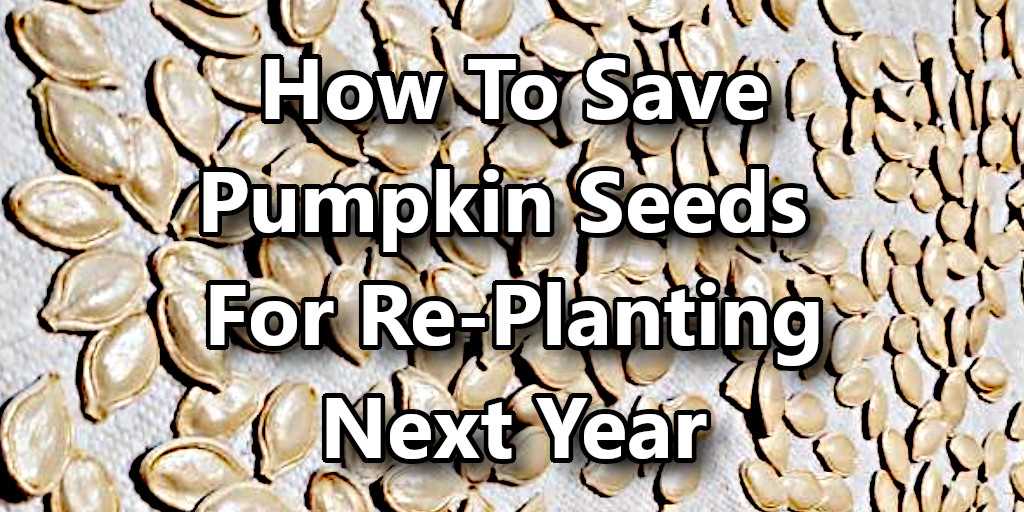
When choosing which plants to save seeds from, it’s important to select those that have shown resilience and productivity in your local environment. Look for plants that have consistently produced high yields, resisted pests and diseases, and demonstrated good adaptation to your specific climate and soil conditions.
2. Harvesting and Processing Seeds
Once you have identified the plants you want to save seeds from, it’s important to harvest the seeds at the right time. Seeds should be fully mature and dry before harvesting. Remove any remaining plant materials and allow the seeds to thoroughly dry before storing them.
It’s also important to properly process the seeds to ensure their viability. This may involve removing any chaff or debris, separating the seeds from the plant material, and cleaning the seeds thoroughly. This will help prevent the seeds from rotting or developing mold during storage.
3. Storing Seeds
Proper storage is crucial to maintaining the viability of saved seeds. Store seeds in a cool, dry, and dark place to prevent them from deteriorating. Avoid storing seeds in plastic bags or containers that can trap moisture. Instead, use paper envelopes or glass jars with tight-fitting lids.
Label each envelope or jar with the type of plant, the date of harvesting, and any other relevant information. This will help you keep track of your seed collection and ensure that you are using the oldest seeds first.
4. Testing and Selecting Seeds
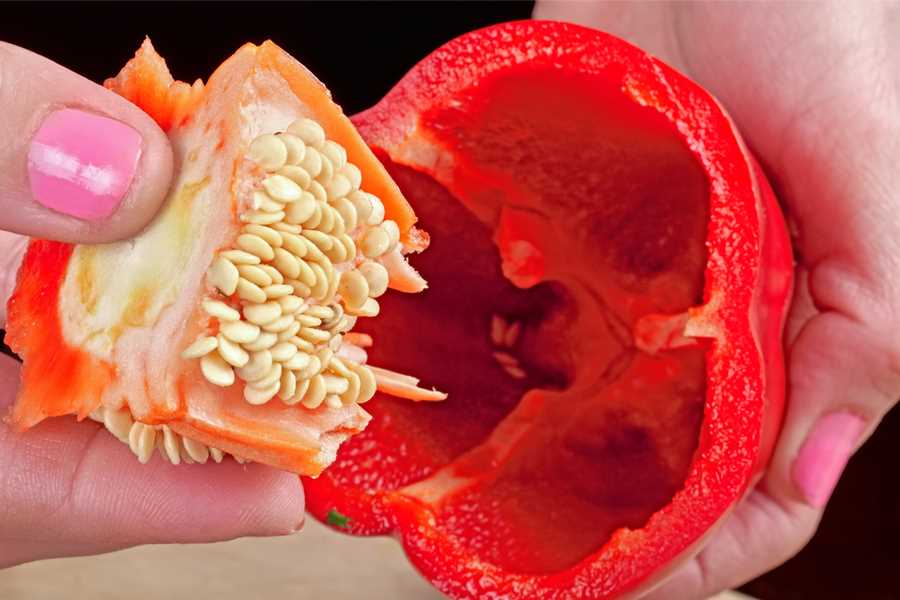
Every few years, it’s a good idea to test the viability of your saved seeds. Take a small sample of seeds and germinate them to see how many sprout. This will give you an indication of the viability of the rest of your seed collection. Use this information to select the best seeds for planting in the upcoming season.
5. Planting and Observing
When planting your saved seeds, make sure to observe how well they adapt to the local conditions. Keep track of their growth, productivity, and resistance to pests and diseases. This information will help you further refine your seed collection and improve the adaptation of future generations of plants.
By saving seeds and selecting plants that are well-adapted to your local conditions, you are not only ensuring a bountiful harvest but also contributing to the long-term sustainability and resilience of your garden or farm.
Sharing Seeds with Others
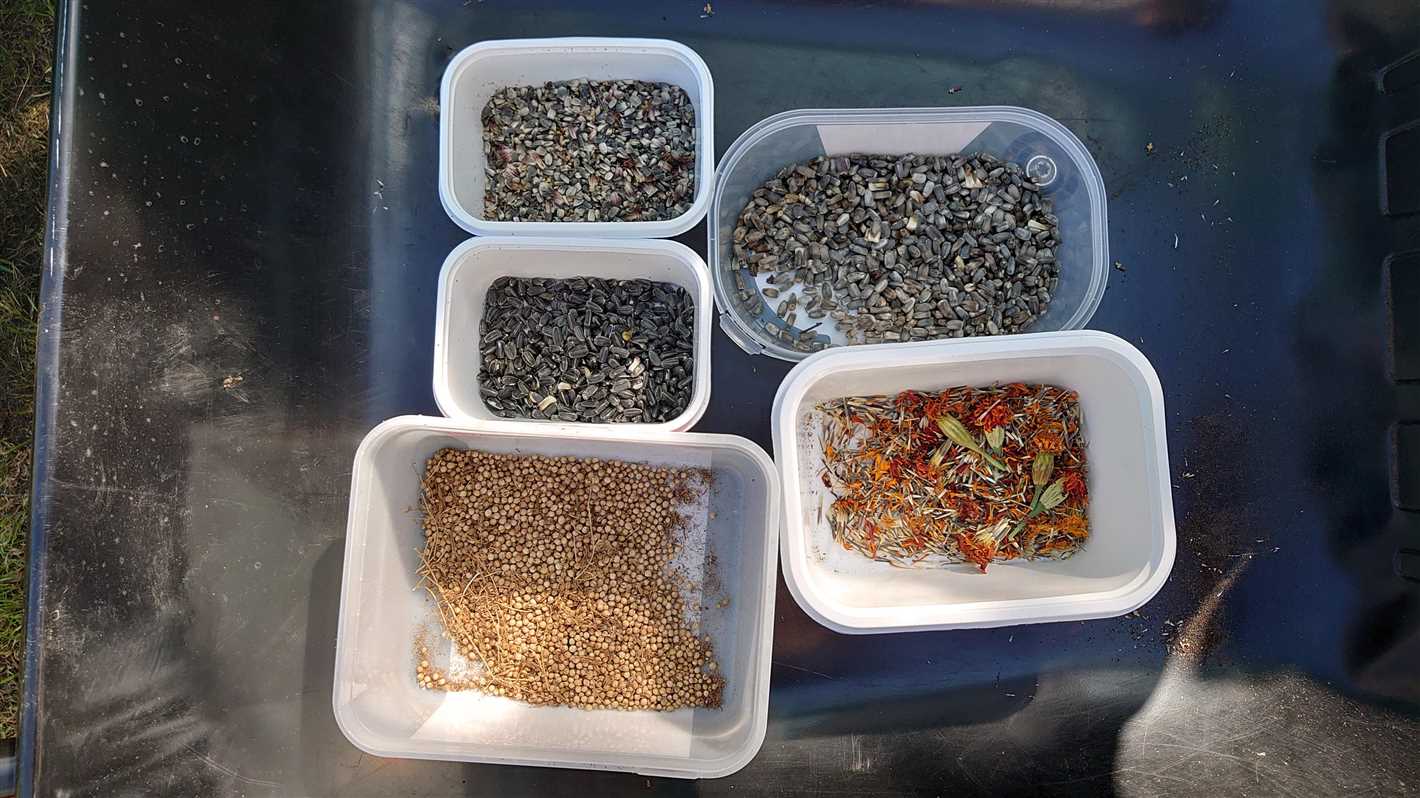
As gardeners, we understand the joy and satisfaction that comes from growing our own food. One of the ways we can spread this joy is by sharing our seeds with others. Here are a few reasons why sharing seeds is a wonderful idea:
1. Building Community
Sharing seeds is a great way to connect with other gardeners in your community. It fosters a sense of camaraderie and allows you to learn from one another. By sharing seeds, you can create a network of gardeners who support and inspire each other.
2. Preserving Biodiversity
When you share your seeds, you contribute to the preservation of plant biodiversity. Many commercial seed companies focus on a limited range of popular varieties, while unique and heirloom varieties often get overlooked. By sharing seeds, you help keep these special plants alive and thriving.
3. Cost Savings
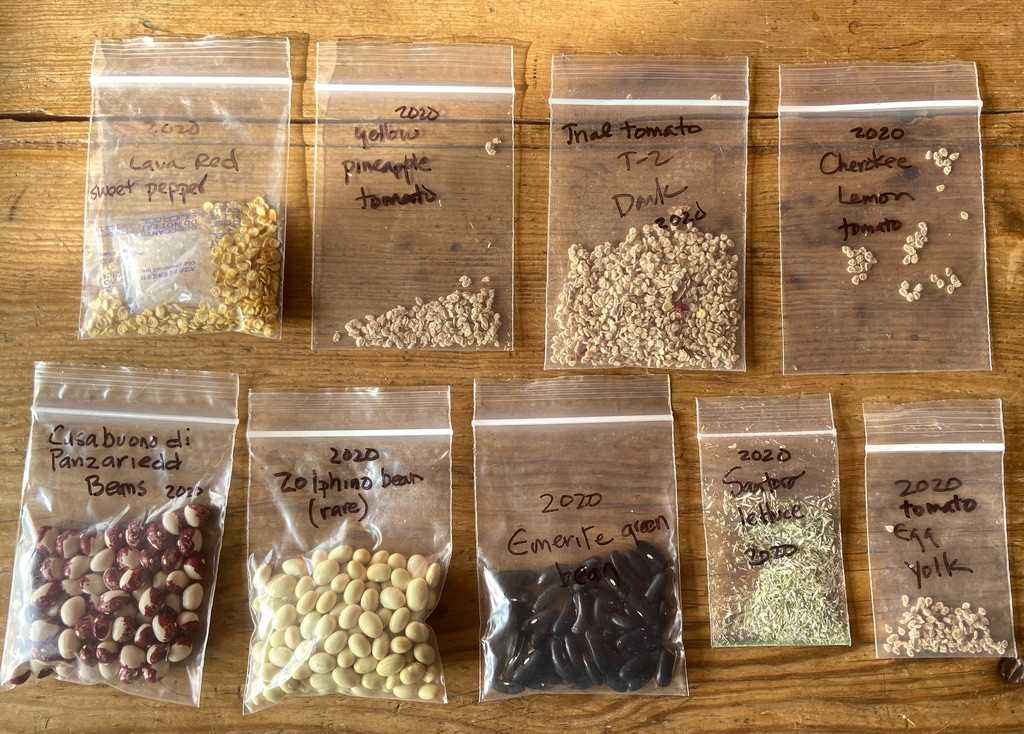
By sharing seeds with others, you can save money. Seeds can be expensive to buy, especially if you want to experiment with different varieties or plant a large garden. By participating in seed exchanges or simply sharing with friends, you can access a wider variety of seeds without breaking the bank.
4. Education and Inspiration
Sharing seeds opens up opportunities for education and inspiration. When you share seeds, you can also share knowledge about how to grow and care for the plants. This can be especially beneficial for new gardeners who are just starting out. Additionally, seeing what other gardeners are growing can provide inspiration for your own garden.
How to Share Seeds
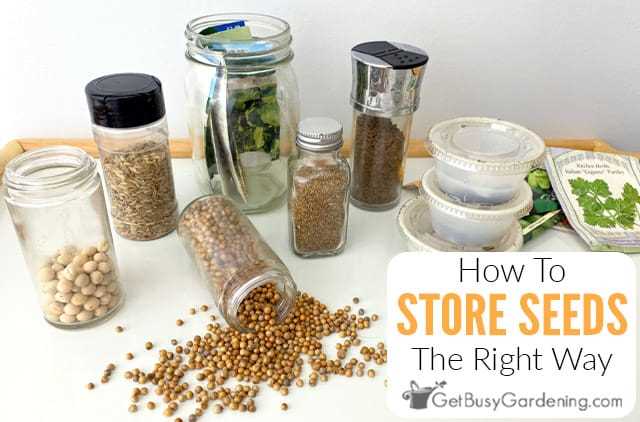
There are many ways to share seeds with others. Here are a few ideas:
- Organize a seed swap event in your community where gardeners can come together to exchange seeds.
- Create a seed library where gardeners can borrow and donate seeds.
- Package seeds in envelopes or small glass jars and give them as gifts to friends and family.
- Participate in online seed exchanges or join gardening forums where seed sharing is encouraged.
Conclusion
Sharing seeds is a wonderful way to build community, preserve biodiversity, save money, and inspire others. By participating in seed sharing, you contribute to a more sustainable and bountiful future for all gardeners. So, gather your extra seeds and start spreading the joy!
Supporting Sustainable Agriculture and Food Security
Sustainable agriculture is an approach to farming that focuses on maximizing the long-term productivity of the land while minimizing harm to the environment. It aims to meet the current needs for food production without compromising the ability of future generations to meet their own needs.
One way to support sustainable agriculture is by saving seeds for next year’s planting. In traditional farming, farmers would save a portion of their harvest to use as seeds for the following year. This practice helps to preserve crop diversity and ensures that farmers have access to locally adapted varieties of plants.
By saving seeds, farmers can also reduce their dependence on commercial seed companies, which often sell patented or genetically modified seeds. This allows farmers to maintain control over their own seeds and avoid the high costs associated with purchasing seeds each year.
In addition to saving seeds, supporting sustainable agriculture also involves practicing agroecology. Agroecology is the science of applying ecological principles to agricultural systems, with a focus on optimizing the use of natural resources and minimizing environmental impact.
Agroecology encourages the use of organic fertilizers and pest control methods, as well as the integration of crops and livestock. This holistic approach helps to improve soil health, increase biodiversity, and reduce the need for synthetic inputs.
Food security is another important aspect of supporting sustainable agriculture. Food security refers to the availability, accessibility, and affordability of food for all people at all times. Sustainable agriculture plays a crucial role in ensuring food security by producing enough food to meet the needs of a growing population.
Sustainable agriculture also promotes food sovereignty, which is the right of individuals and communities to choose their own food production methods and have control over their own food systems. This includes the ability to save and exchange seeds, as well as the opportunity for small-scale farmers to participate in local markets.
| Benefits of Supporting Sustainable Agriculture |
|---|
|
Questions and Answers:
Why is it important to save seeds for next year?
Saving seeds for next year is important because it allows you to maintain a sustainable and self-sufficient garden. By saving seeds from your current plants, you can ensure that you have a future supply of seeds without having to rely on purchasing them. This not only saves you money, but also ensures that you have access to the specific varieties and traits that you have grown and enjoyed in the past. Additionally, saving seeds promotes biodiversity and helps to preserve heirloom and rare plant varieties.
How should I go about saving seeds?
Saving seeds is a relatively simple process. First, choose plants that you want to save seeds from. Make sure to select plants that are healthy, disease-free, and have the traits you desire. Allow the plants to fully mature and produce seeds. Once the seeds are ready, harvest them and remove any debris or impurities. Dry the seeds thoroughly and store them in a cool, dry place. It’s important to label and properly store the seeds in order to ensure their viability for the next growing season.
What are the benefits of saving seeds?
Saving seeds offers several benefits. Firstly, it allows you to have more control over your garden by selecting and preserving the plant varieties that you enjoy the most. This can result in a more bountiful and diverse harvest year after year. Secondly, saving seeds is cost-effective. Instead of buying seeds every year, you can save money by using the seeds you already have. Finally, saving seeds promotes sustainability and self-sufficiency. By preserving and regenerating seeds, you can reduce your reliance on commercial seed suppliers and ensure a more resilient food system.
Are there certain plants that are easier to save seeds from?
Yes, some plants are easier to save seeds from than others. Self-pollinating plants, such as beans, peas, tomatoes, and lettuce, are generally easier to save seeds from because they do not require cross-pollination. On the other hand, plants that are cross-pollinated, such as squash, cucumbers, and melons, may require more careful isolation techniques to prevent unwanted cross-breeding. It’s important to do some research on the specific plant varieties you want to save seeds from to understand their pollination habits and any special requirements for seed saving.
Can I save seeds from hybrid plants?
Technically, you can save seeds from hybrid plants, but the resulting seeds will not produce plants with the same traits as the parent plant. Hybrid plants are created through controlled cross-pollination between two different parent plants to produce desired traits, such as disease resistance or improved yield. When saving seeds from hybrids, the resulting plants may exhibit a wide range of characteristics and may not be consistent with the traits you desire. It’s generally recommended to save seeds from open-pollinated or heirloom varieties if you want to ensure the same traits in future generations.







